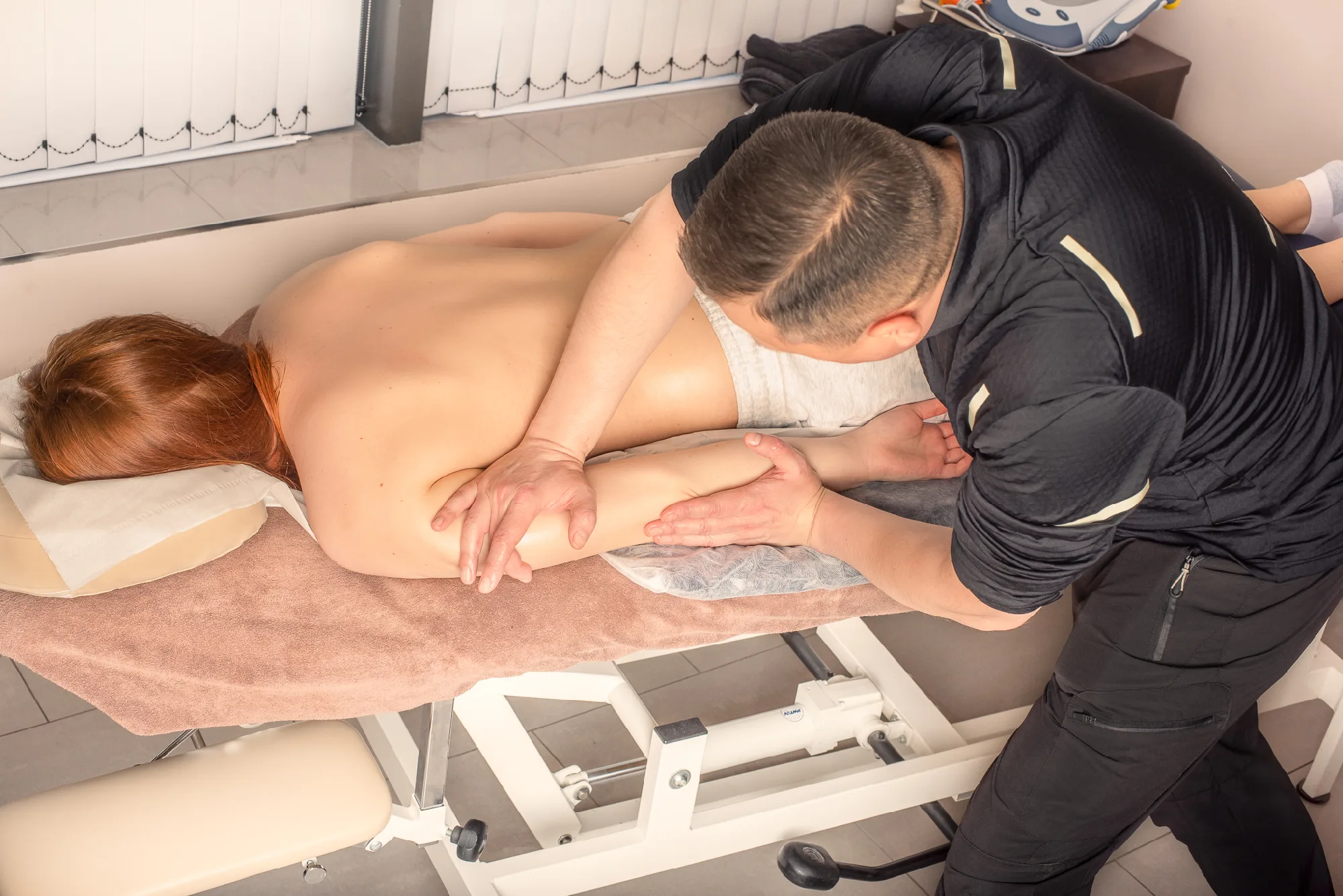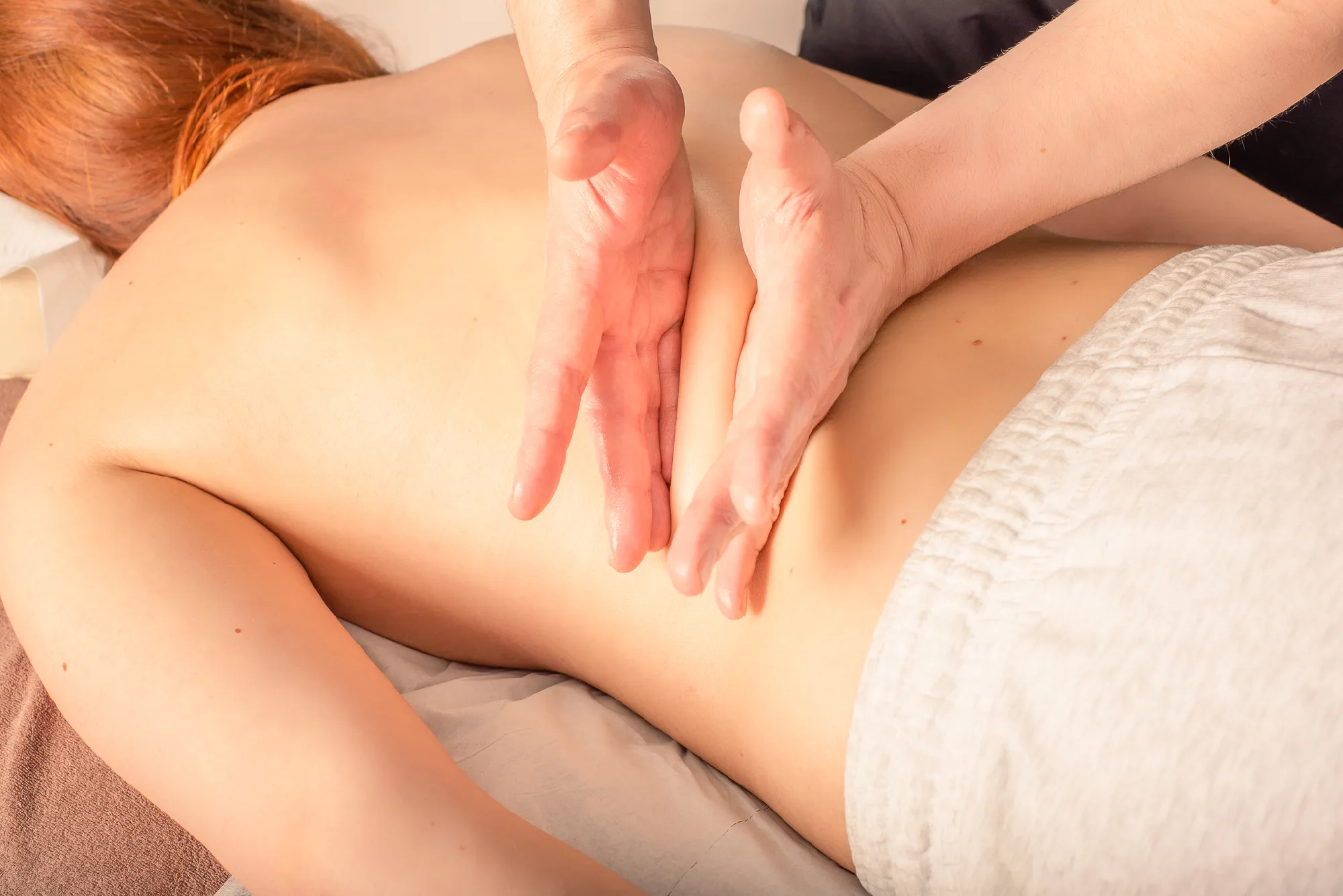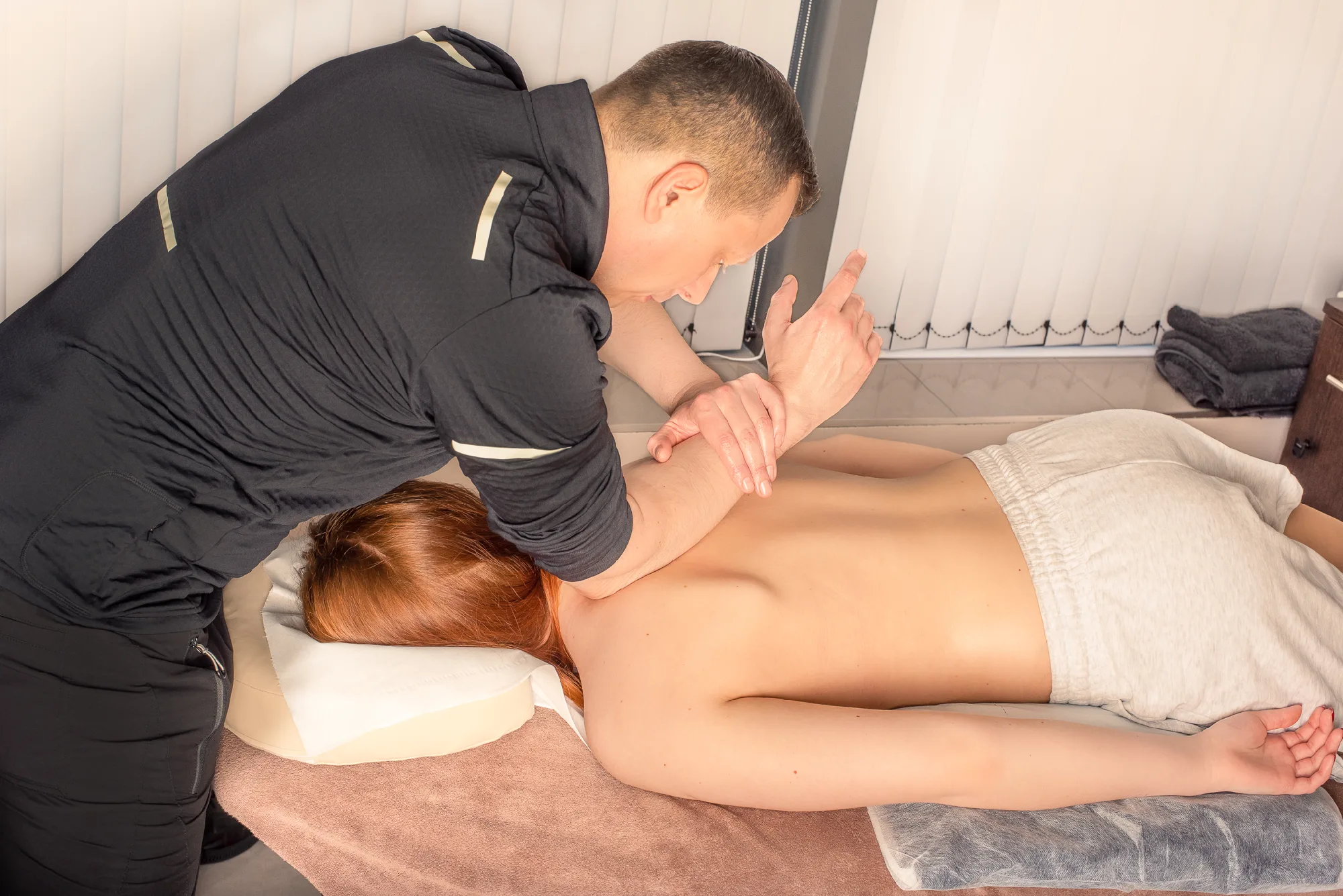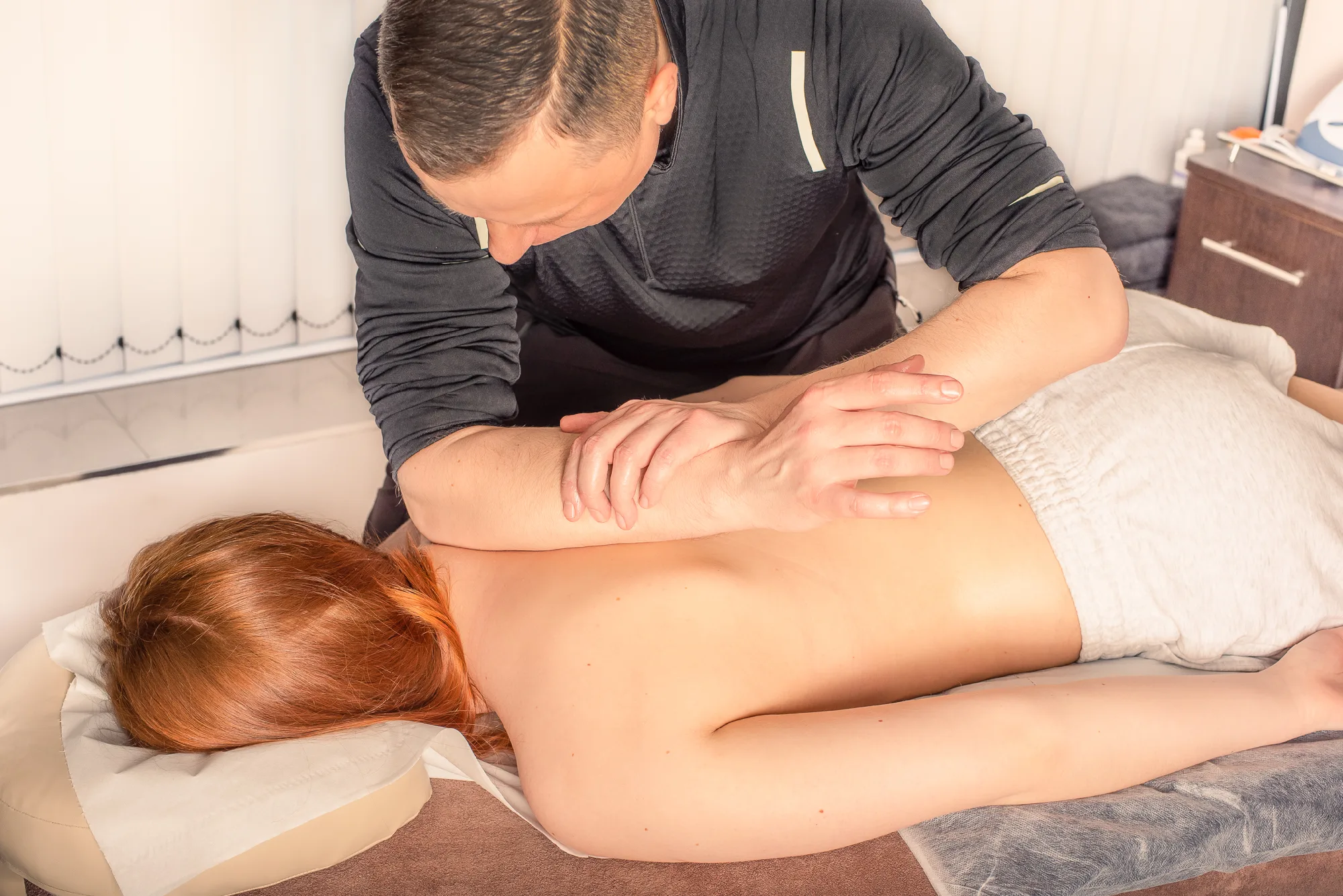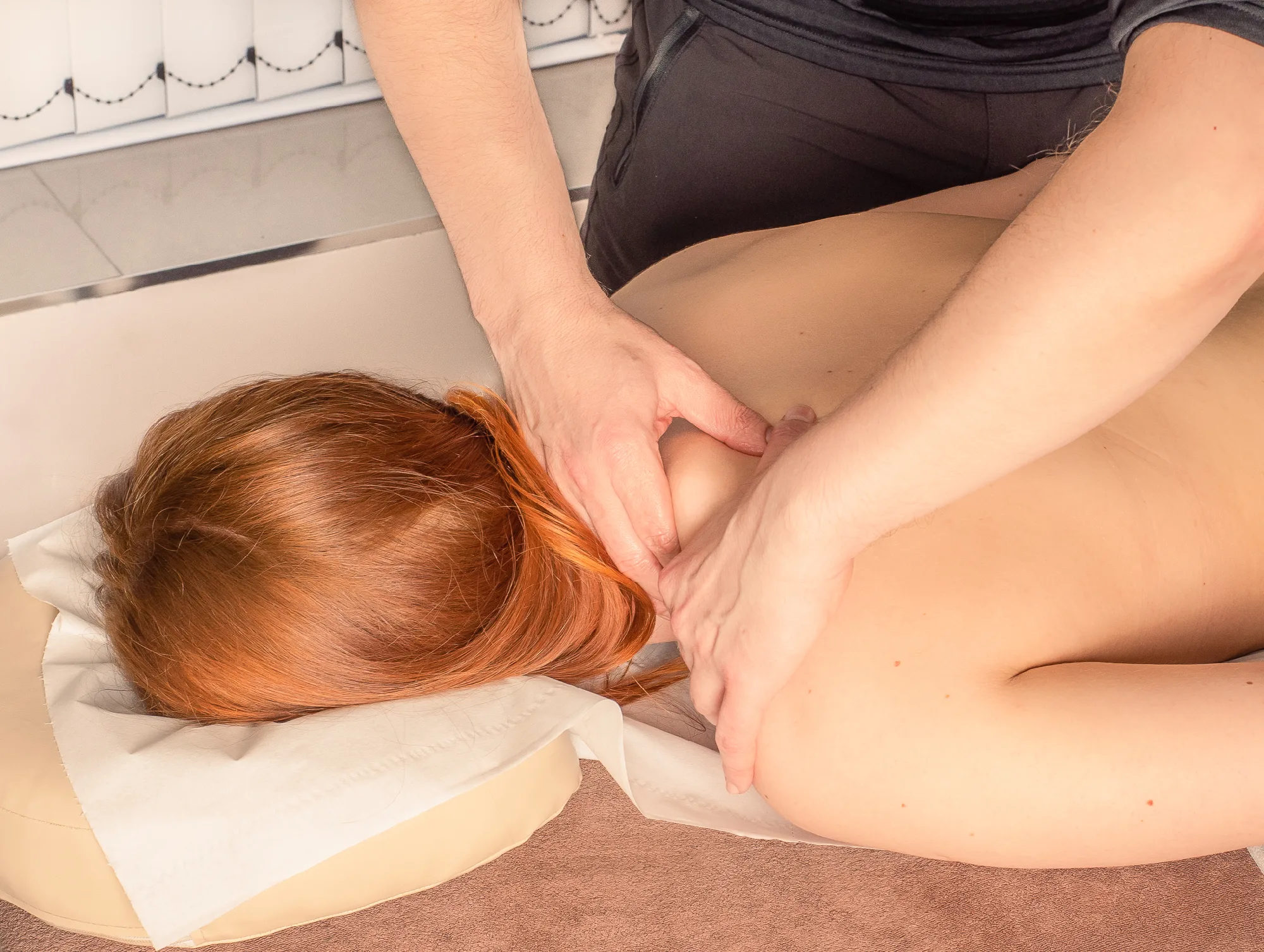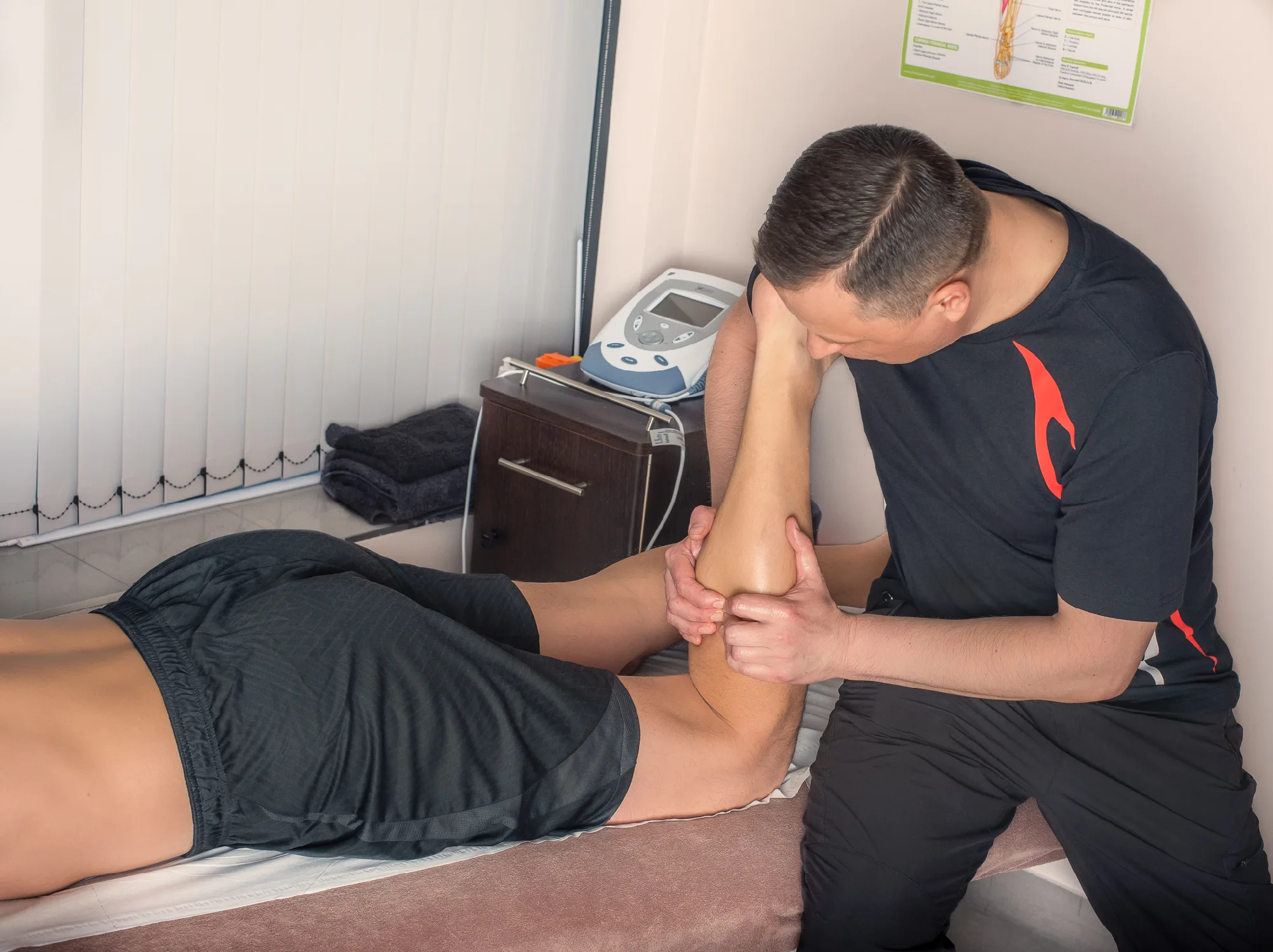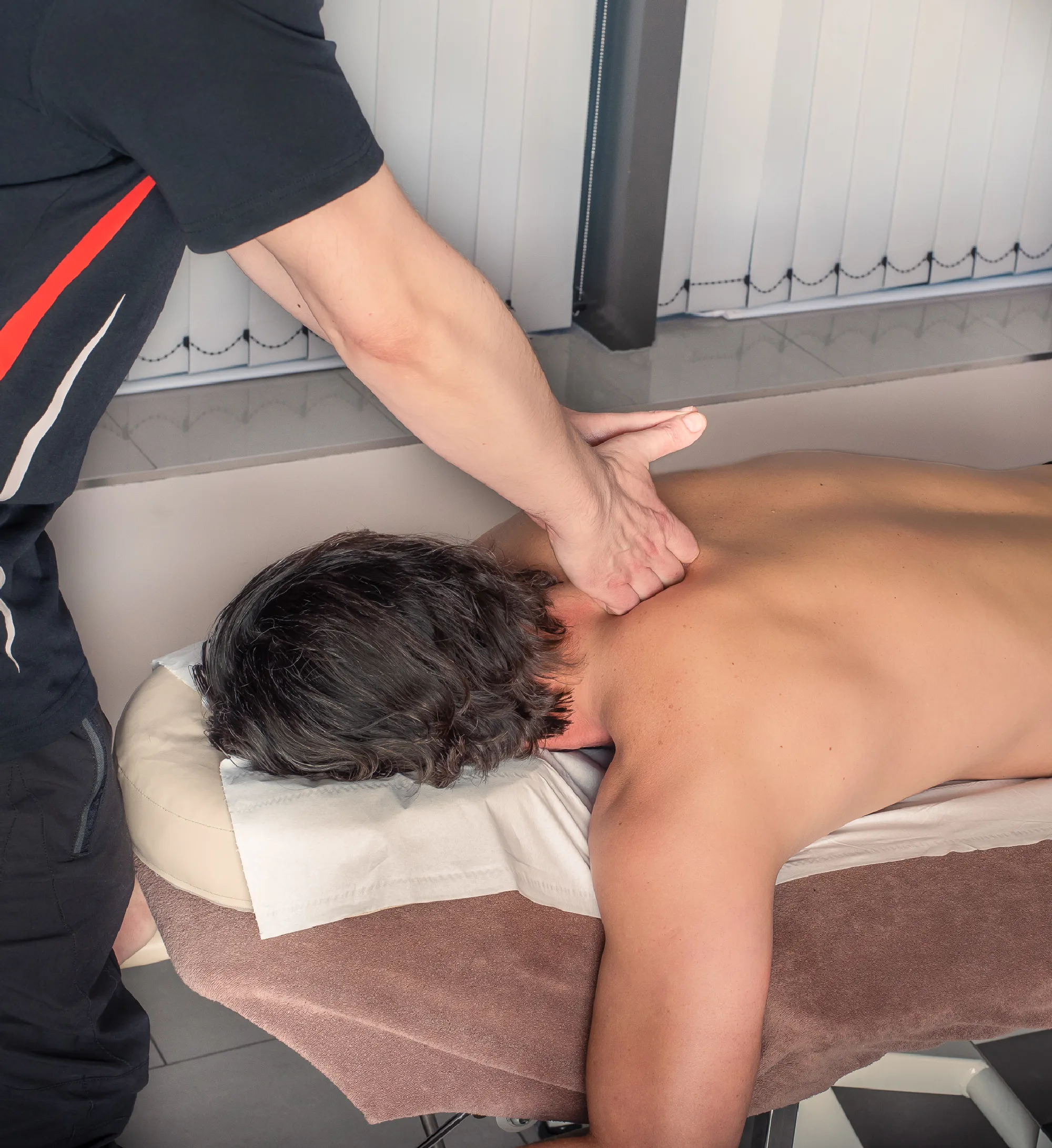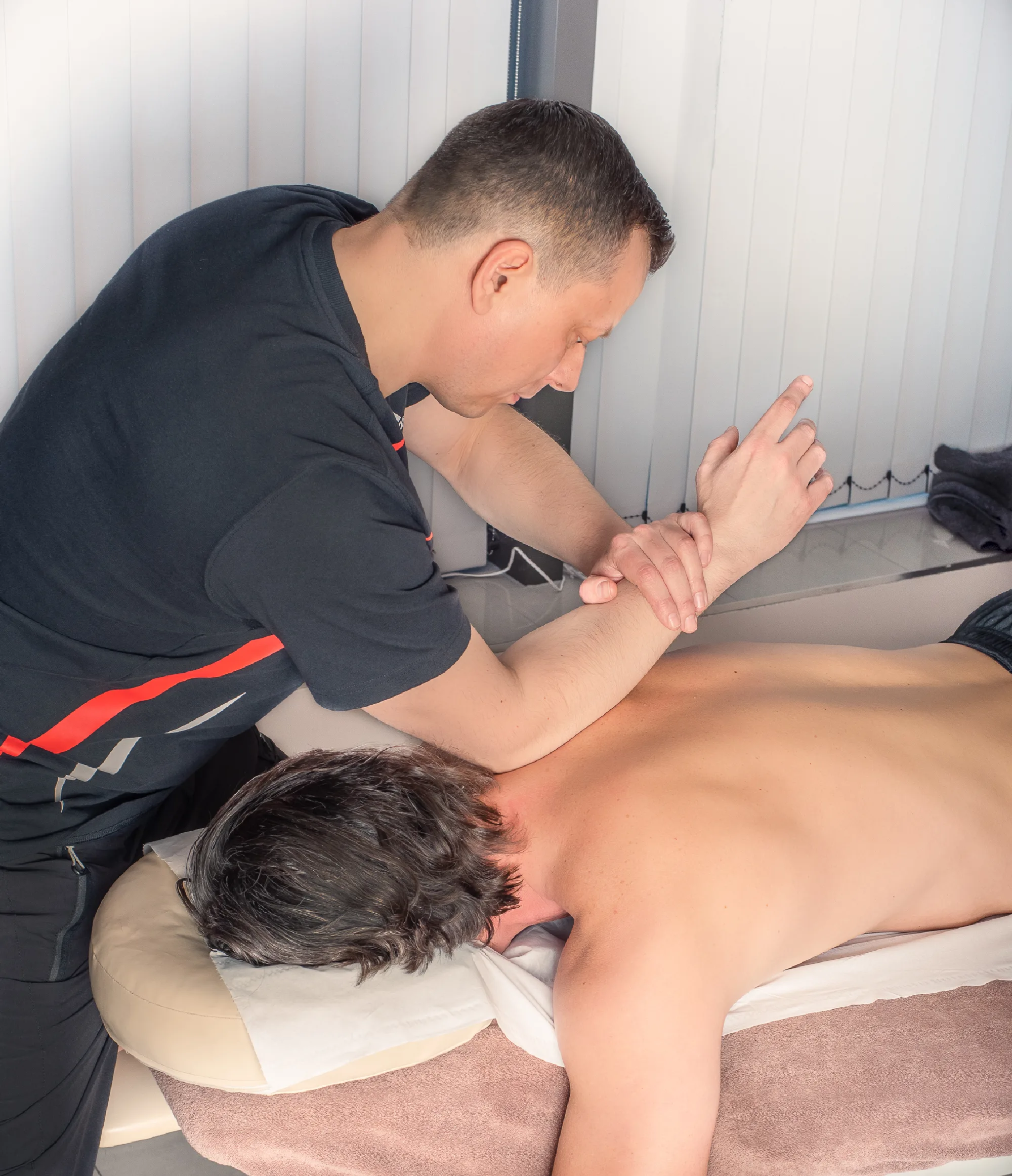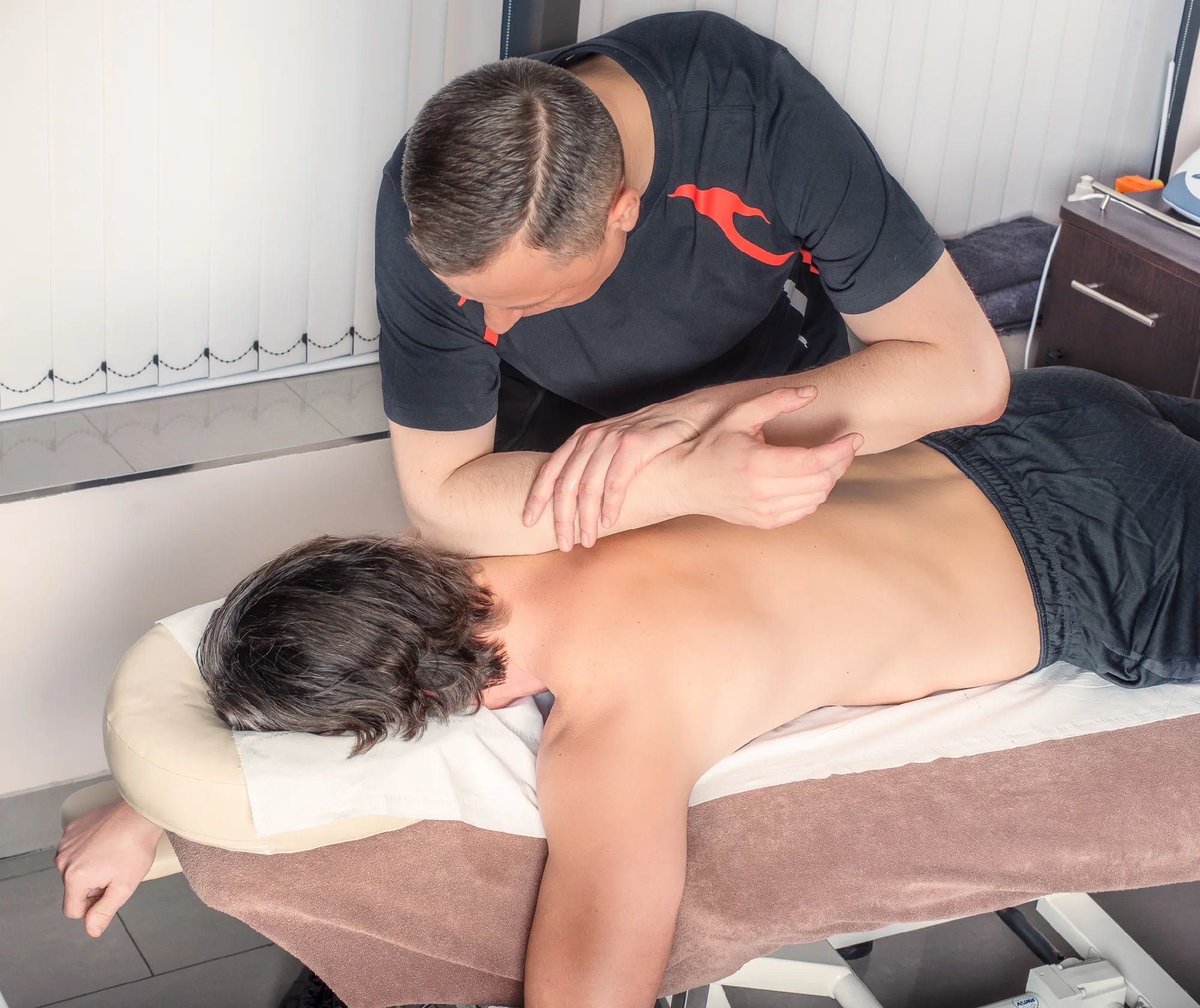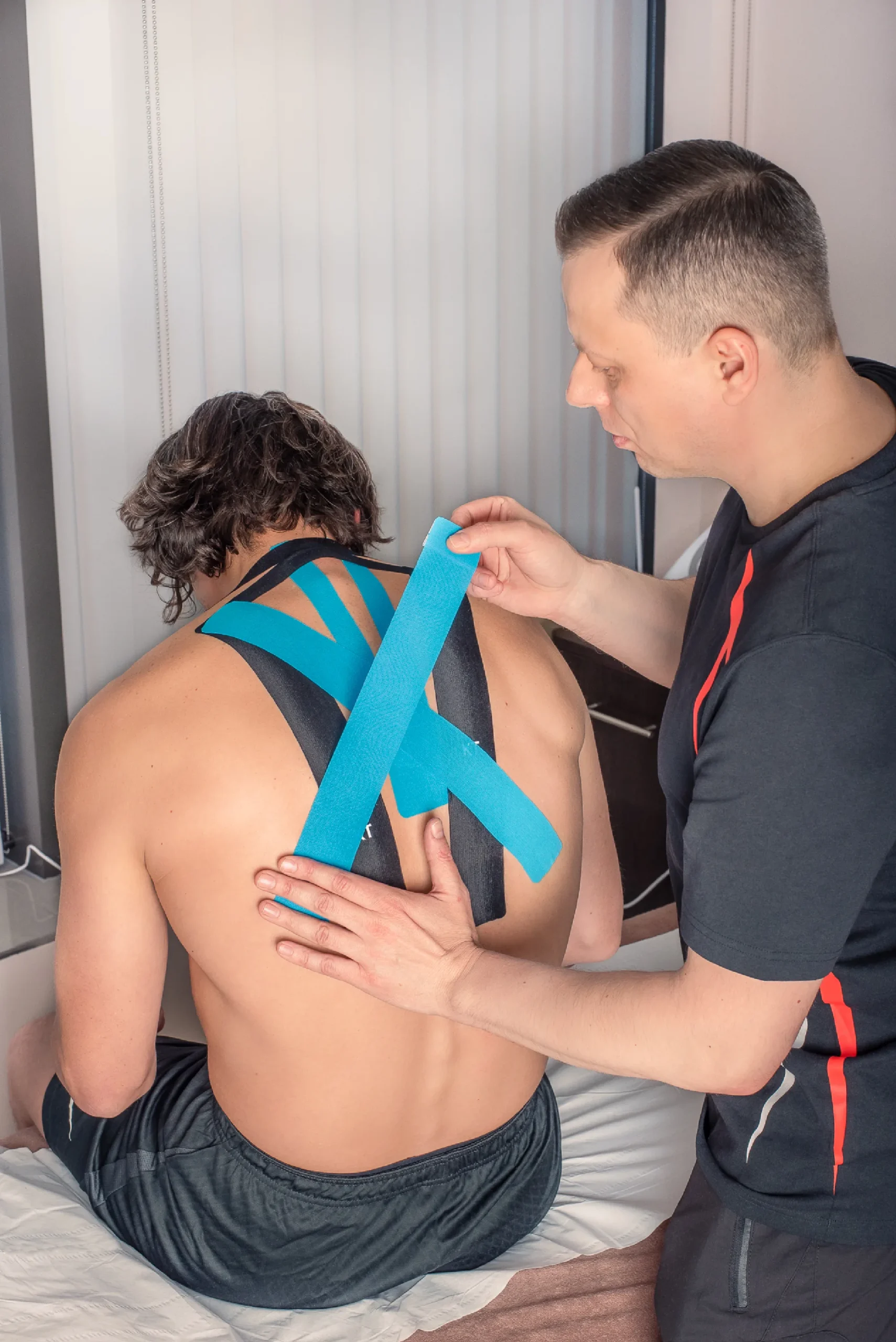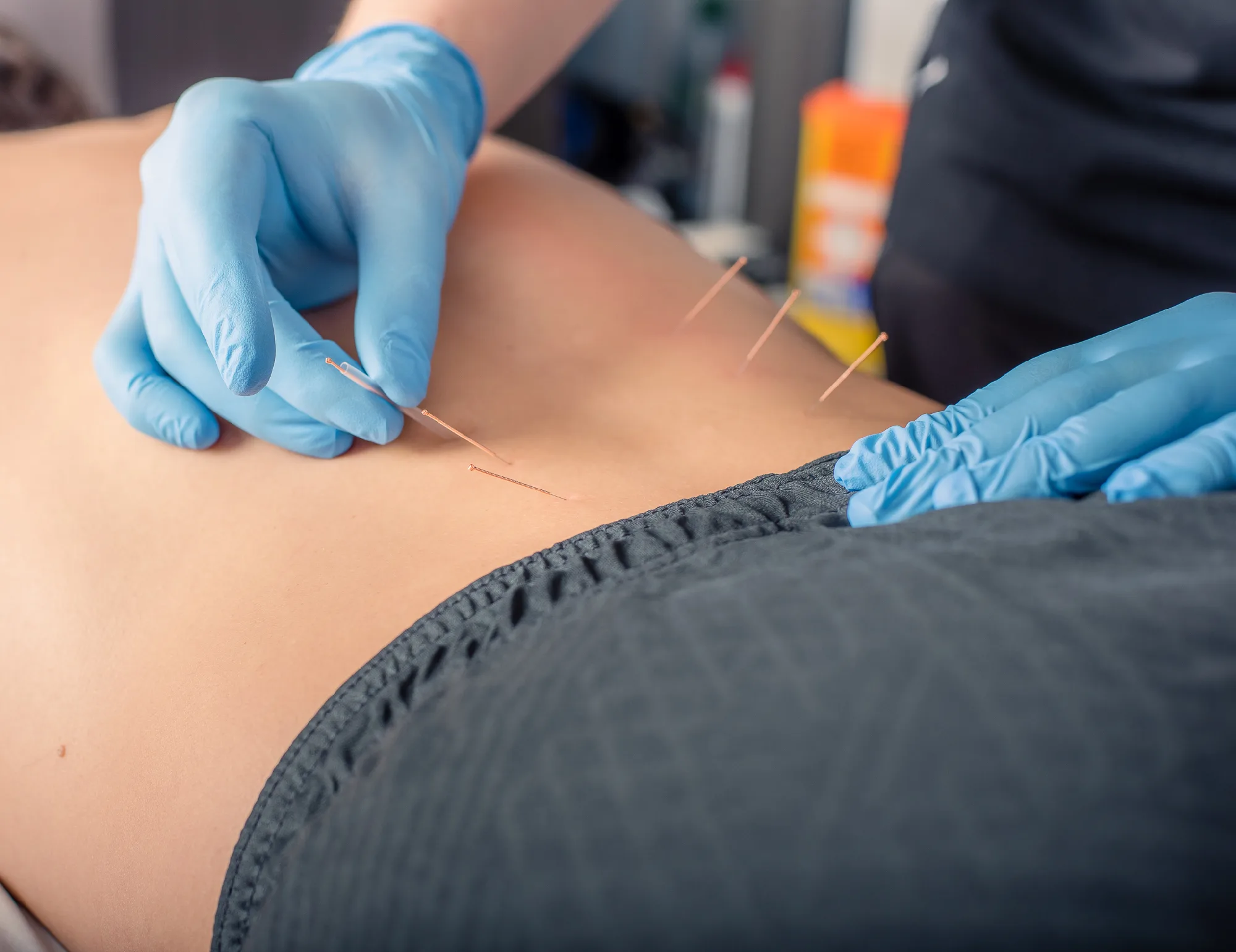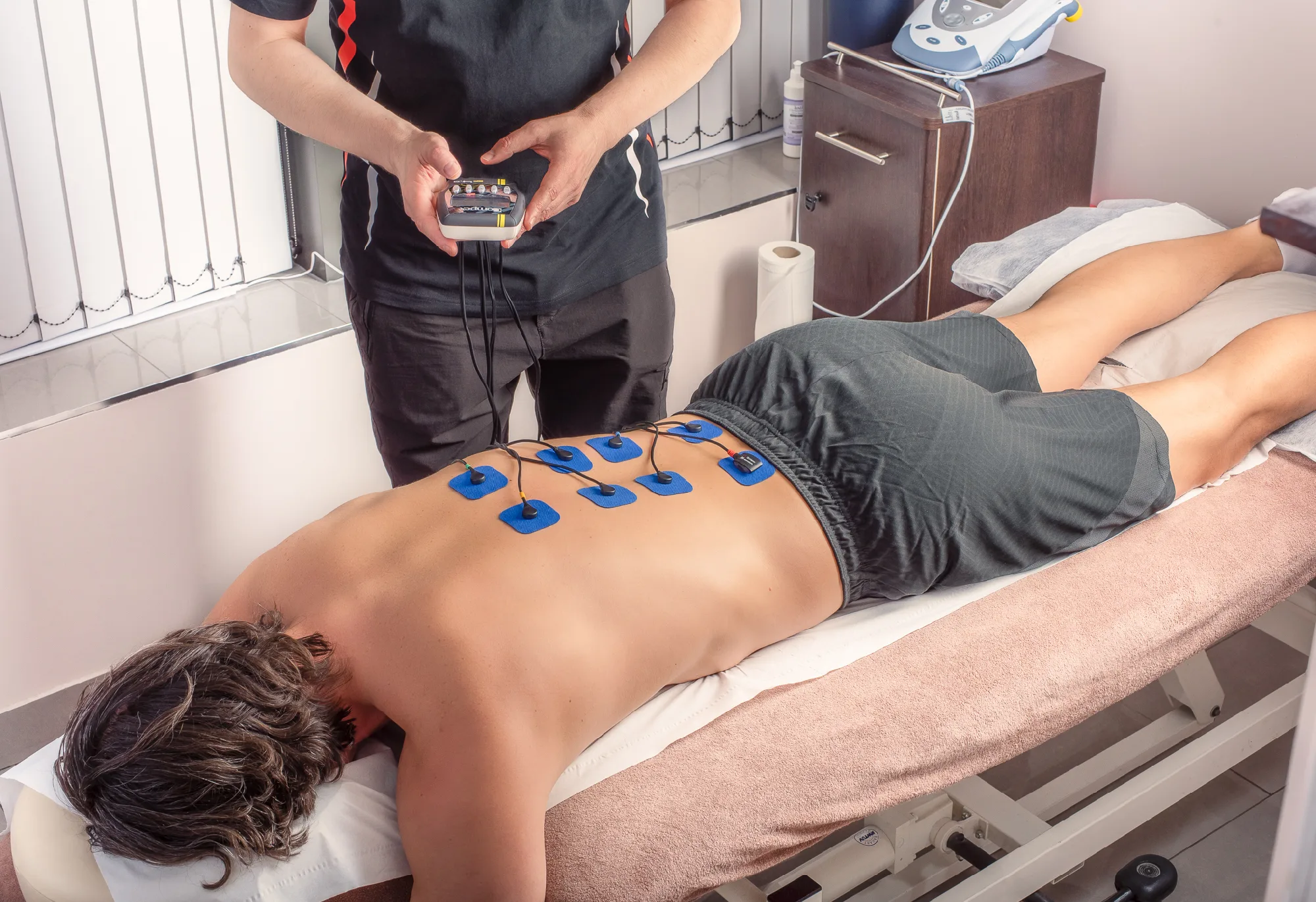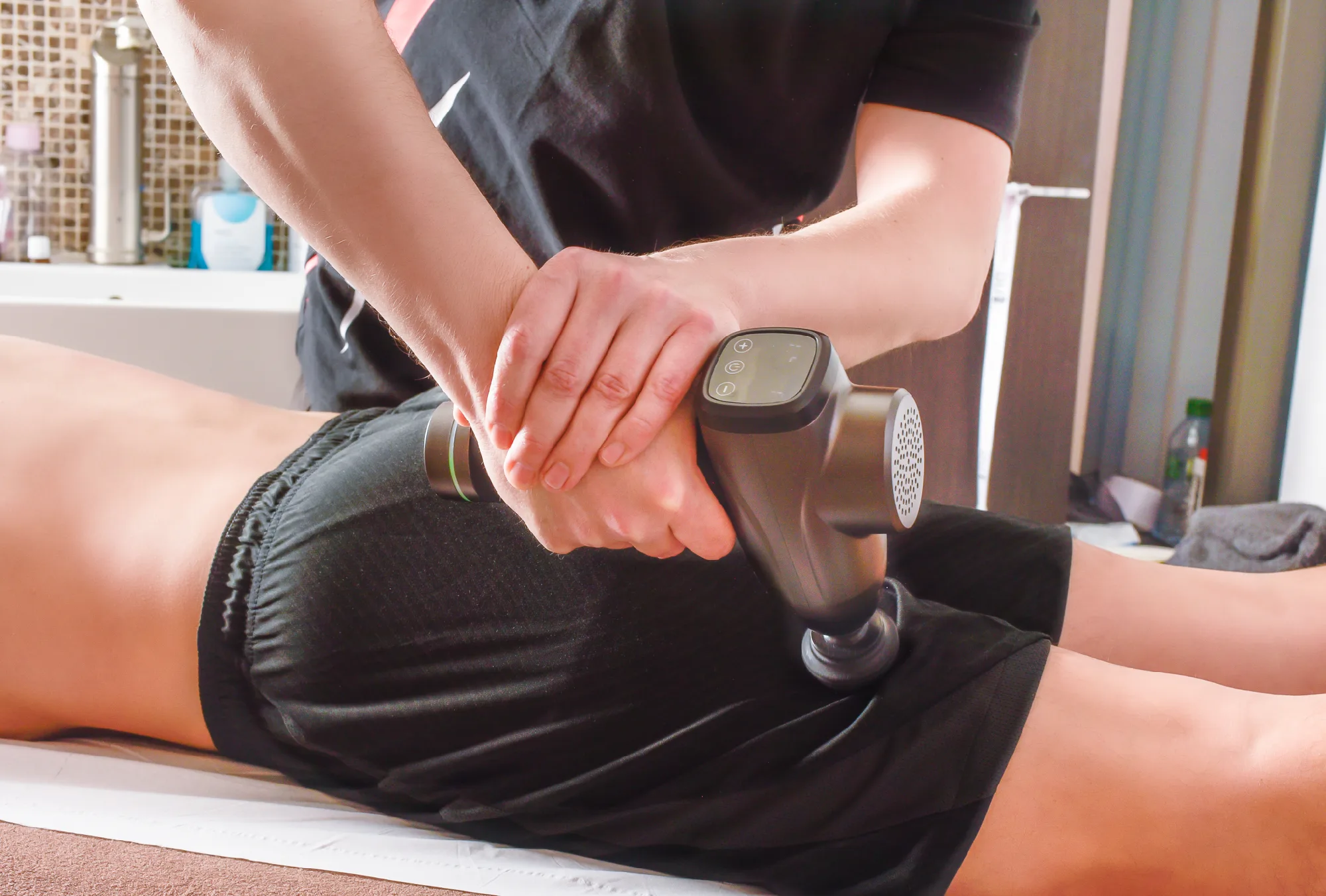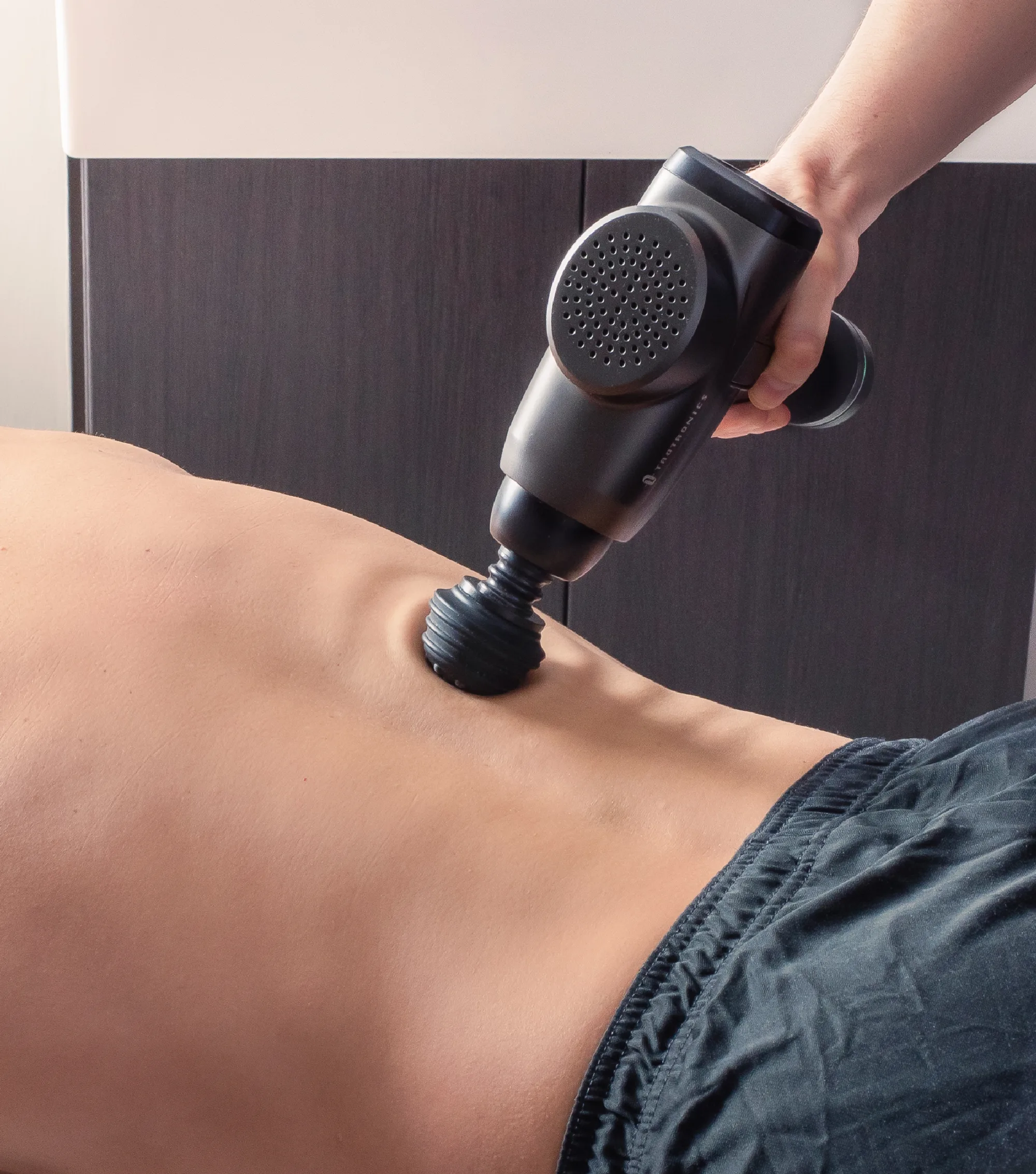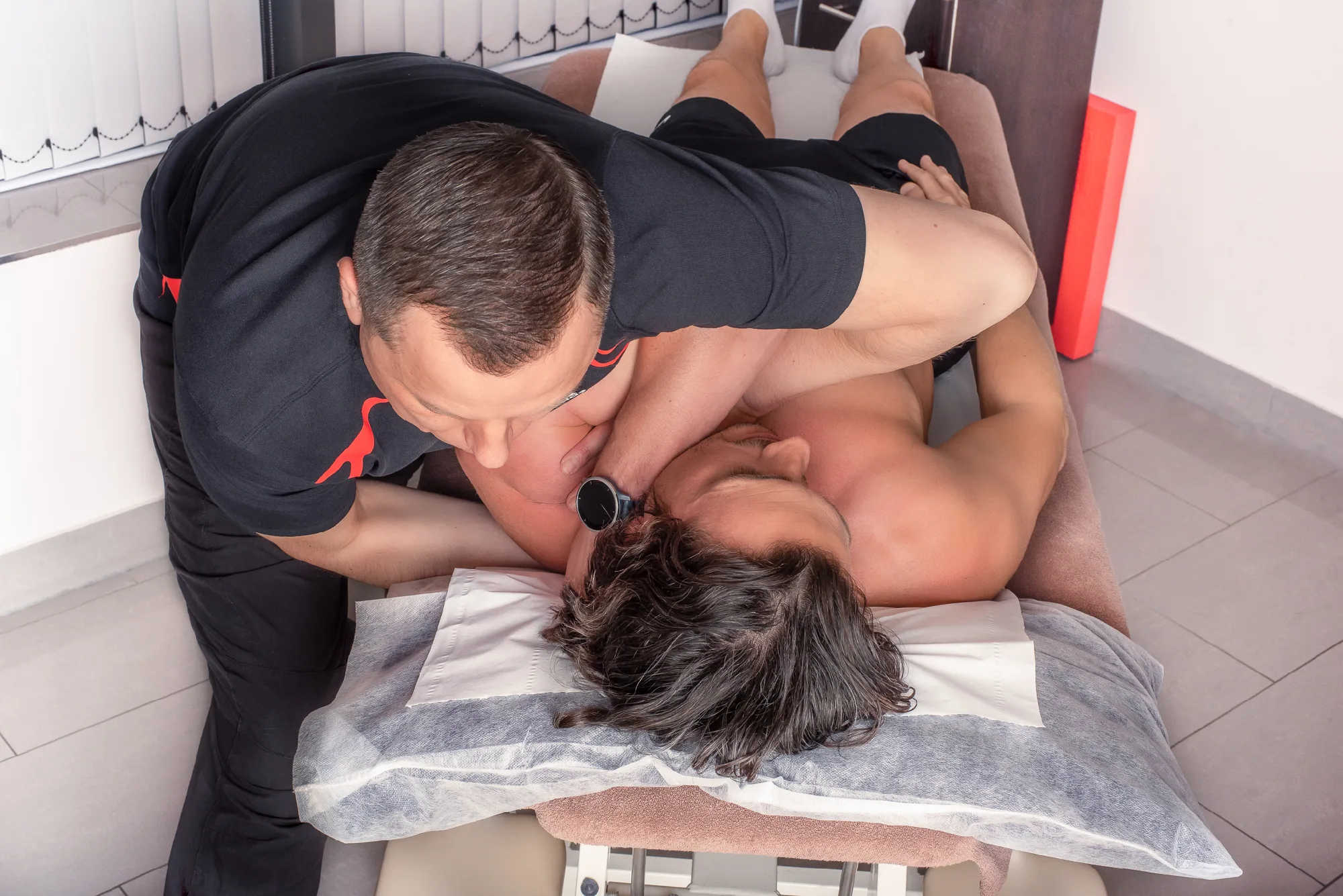Vacuum cups are used to create temporary intradermal hyperemia with extravasation. The cold or hot method and the static or dynamic method are used. Using the cold method, a vacuum is created inside the cup with the help of a pump. Using the hot method to draw out the air and create a negative pressure inside the cup, initially heating is done inside the cup using spirit or special paper. As the cup cools, the skin is drawn inward. Recently, safe modern, high-quality plastic vacuum cups that do not require manipulation with fire have been increasingly used. Using the static technique, the cup is placed and left in the chosen location for a certain period of time. Using a dynamic technique (massage), the cup is placed and pushed over the skin surface in the direction of lymph flow without compromising its tightness. When the skin changes under the cup (hyperemia, extravasation) reach the required degree of intensity, the procedure is terminated.
The essence of the method lies in the fact that the artificially created vacuum affects the epidermis, blood and lymph vessels, irritating the skin receptors. The vascular reactions caused by the procedure, especially the capillaries, precapillaries, and venules, significantly accelerate lymph drainage. The resulting hyperemia, extravasation, has a direct local and reflex effect through the skin-visceral reflex, as well as an effect reminiscent of autologous blood therapy. Vacuum cupping therapy reduces blood pressure, redistributes blood, slows down the heart rate, changes the composition and clotting of peripheral blood. The ongoing breakdown of small amounts of erythrocytes is a non-specific stimulant of local vegetative reactions, hematopoiesis and immunity. Irritation of receptors on the skin and underlying tissues contributes to the formation of an overall homeostatic adaptation response. Nitric oxide derived from endothelial cells using cupping therapy causes vasodilation, reduces vascular resistance, lowers blood pressure, inhibits platelet aggregation and adhesion, inhibits leukocyte adhesion and migration, reduces the proliferation of vascular smooth muscle cells, and all of these effects prevent the development of atherosclerosis.
Vacuum cupping therapy is effective in reducing chronic pain by replacing pain signal processing from nociceptors (pain receptors) at both levels, in the spinal cord and in the brain. Cupping therapy reduces pain by influencing the so-called diffuse pain control system, which is responsible for pain modulation.
Cupping therapy is used for myofascial release (myofascial decompression) to reduce shortening of the fascia and resulting restrictions and adhesions, as well as to reduce the pain caused by these restrictions and increase the reduced range of motion. Vacuum cupping improves the thixotropic properties of the fascia, making it softer and more elastic.
Cupping therapy can strengthen the immune system and protect against disease in three ways. First, cupping therapy activates the immune system, causing artificial local inflammation. Second, cupping activates the complement system (a group of proteins important for protecting the body). Third, cupping therapy increases the levels of immune products such as interferon and tumor necrosis factor.
Vacuum cupping helps to remove toxins, uric acid, low- and high-density lipoproteins, serum glutamic oxaloacetic transaminase, iron and heavy metals from the body.
More generally, cupping therapy tends to drain excess fluids and toxins, loosens adhesions, revitalizes connective tissue, increases blood flow to skin and muscles, stimulates the peripheral nervous system, reduces pain, controls high blood pressure, and modulates the immune system. However, like most therapies, there is the potential for side effects, which may include:
These side effects are temporary and fade over time, while the body continues to benefit from the therapy.
Our specialists use a hands-on, science-based approach for cupping. Treatments should be integrated with physiotherapy, therapeutic massage, physical agent modalities and other complementary services for optimal recovery outcomes.


